Stephen Potter - The Theory and Practice of Gamesmanship
Here you can read online Stephen Potter - The Theory and Practice of Gamesmanship full text of the book (entire story) in english for free. Download pdf and epub, get meaning, cover and reviews about this ebook. year: 2015, publisher: Pickle Partners Publishing, genre: Detective and thriller. Description of the work, (preface) as well as reviews are available. Best literature library LitArk.com created for fans of good reading and offers a wide selection of genres:
Romance novel
Science fiction
Adventure
Detective
Science
History
Home and family
Prose
Art
Politics
Computer
Non-fiction
Religion
Business
Children
Humor
Choose a favorite category and find really read worthwhile books. Enjoy immersion in the world of imagination, feel the emotions of the characters or learn something new for yourself, make an fascinating discovery.

- Book:The Theory and Practice of Gamesmanship
- Author:
- Publisher:Pickle Partners Publishing
- Genre:
- Year:2015
- Rating:4 / 5
- Favourites:Add to favourites
- Your mark:
- 80
- 1
- 2
- 3
- 4
- 5
The Theory and Practice of Gamesmanship: summary, description and annotation
We offer to read an annotation, description, summary or preface (depends on what the author of the book "The Theory and Practice of Gamesmanship" wrote himself). If you haven't found the necessary information about the book — write in the comments, we will try to find it.
The Theory and Practice of Gamesmanship — read online for free the complete book (whole text) full work
Below is the text of the book, divided by pages. System saving the place of the last page read, allows you to conveniently read the book "The Theory and Practice of Gamesmanship" online for free, without having to search again every time where you left off. Put a bookmark, and you can go to the page where you finished reading at any time.
Font size:
Interval:
Bookmark:
AND PRACTICE OF
OR
THE ART OF WINNING GAMES
WITHOUT ACTUALLY
CHEATING
BY
STEPHEN POTTER
ILLUSTRATED BY LT.-COL.
FRANK WILSON
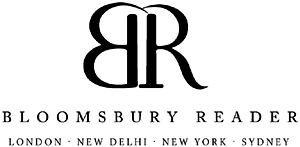
To Francis Meynell
Introductory
If I have been urged by my friends to take up my pen, for once, to write of this subject so difficult in detail yet so simple in all its fundamental aspects I do so on one condition. That I may be allowed to say as strongly as possible that although my name has been associated with this queer word gamesmanship, yet talk of priority in this kind of context is almost meaningless.
It is true that in the twenties certain notes passed between H. Farjeon and myself. But equally notes passed between H. Farjeon and F. Meynell. It is true that in March 1933 I conceived and wrote down the word gamesmanship in a letter to Meynell. Speaking of a forthcoming lawn tennis match against two difficult opponents, I said we must employ gamesmanship.
It is true also that I was the most regular visitor chairman would imply a formality which scarcely existed in those early days of argle-bargle and friendly disagreement at the meetings which took place in pub parlour or empty billiard hall between G. Odoreida, Meynell, Wayfarer, and myself. It is true that it was in these discussions that we evolved a basis of tactic and even plotted out a first rough field of stratagem which determined the centres of development from which the new technique spread in ever-widening circles. Small beginnings, indeed, for a movement which has spread so far from the confines of the country, and has shown itself too big to be contained by the World of Games for which it was fashioned.
But after the first formulation the spade-work was certainly done as much by Meynell and a few other devoted collaborators as by myself. And how well wise after the event we realize, now, from his practice and example, that Farjeon had the gist of the thing under his nose the essential factors, the actions and reactions of the whole problem, without having the luck to see the patterning alignment, the overall theory, which made them make sense.
And yet had it not been for the dogged spadework of Farjeon in the middle twenties, we should none of us now be enjoying the advantages of a theory which devolves as naturally from those meticulously collected data of his as Rutherfords enunciation of atomic structure derived from the experiments of that once obscure chemist Mierff.
What is gamesmanship? Most difficult of questions to answer briefly. The Art of Winning Games Without Actually Cheating that is my personal working definition. What is its object? There have been five hundred books written on the subject of games. Five hundred books on play and the tactics of play. Not one on the art of winning.
I well remember the gritty floor and the damp roller-towels of the changing-room where the idea of writing this book came to me. Yet my approach to the thing had been gradual.
There had been much that had puzzled me I am speaking now of 1928 in the tension of our games of ping-pong at the Meynells. Before that there had been the ardours and endurances of friendly lawn tennis at the Farjeons house near Forest Hill, where Farjeon had wrought such havoc among so many visitors, by his careful construction of a home court, by the use he made of the net with the unilateral sag, or with a back line at the hawthorn end so nearly, yet not exactly, six inches wider than the back line at the sticky end. There had been a great deal of hard thinking on both sides during the wavering tide of battle, ending slightly in my favour, of the prolonged series of golf games between E. Lansbury and myself.
But it was in that changing-room after a certain game of lawn tennis in 1931 that the curtain was lifted, and I began to see. In those days I used to play lawn tennis for a small but progressive London College Birkbeck, where I lectured. It happened that my partner at that time was C. Joad, the celebrated gamesman, who in his own sphere is known as metaphysician and educationist. Our opponents were usually young men from the larger colleges, competing against us not only with the advantage of age but also with a decisive advantage in style. They would throw the service ball very high in the modern manner: the back-hands, instead of being played from the navel, were played, in fact, on the back-hand, weight on right foot, in the exaggerated copy-book style of the time a method of play which tends to reduce all games, as I believe, to a barrack-square drill by numbers; but, nevertheless, of acknowledged effectiveness.
In one match we found ourselves opposite a couple of particularly tall and athletic young men of this type from University College. We will call them Smith and Brown. The knock-up showed that, so far as play was concerned, Joad and I, playing for Birkbeck, had no chance. U. C. won the toss. It was Smiths service, and he cracked down a cannon-ball to Joad which moved so fast that Joad, while making some effort to suggest by his attitude that he had thought the ball was going to be a fault, nevertheless was unable to get near with his racket, which he did not even attempt to move. Score: fifteen-love. Service to me. I had had time to gauge the speed of this serve, and the next one did, in fact, graze the edge of my racket-frame. Thirty-love. Now Smith was serving again to Joad who this time, as the ball came straight towards him, was able, by grasping the racket firmly with both hands, to receive the ball on the strings, whereupon the ball shot back to the other side and volleyed into the stop-netting near the ground behind Browns feet.
Now here comes the moment on which not only this match, but so much of the future of British sport was to turn. Score: forty-love. Smith at S1 (see Fig. 1) is about to cross over to serve to me (at P). When Smith gets to a point (K) not less than one foot and not more than two feet beyond the centre of the court (I know now what I only felt then that timing is everything in this gambit), Joad (standing at J2) called across the net in an even tone:

Fig. 1. Key: P=Potter, J=Joad, S=Smith, B=Brown. The dotted line represents Smiths path from S1 to S2. K represents the point he has reached on the cross-over when Joad has moved along the line (dot and dash) J1 (where he had tried to return Smiths service) to J2. Smith having arrived at, but not further than, the point K on the line S1_S2, J (Joad) speaks.
Kindly say clearly, please, whether the ball was in or out.
Crude to our ears, perhaps. A Stone-Age implement. But beautifully accurate gamesmanship for 1931. For the student must realize that these two young men were both in the highest degree charming, well-mannered young men, perfect in their sportsmanship and behaviour. Smith (at point K) stopped dead.
SMITH: Im so sorry I thought it was out. (The ball had hit the back netting twelve feet behind him before touching the ground.) But what did you think, Brown?
BROWN: I thought it was out but do lets have it again.
JOAD: No, I dont want to have it again. I only want you to say clearly, if you will, whether the ball is in or out.
There is nothing more putting off to young university players than a slight suggestion that their etiquette or sportsmanship is in question. How well we know this fact, yet how often we forget to make use of it. Smith sent a double fault to me, and another double fault to Joad. He did not get in another ace service till halfway through the third set of a match which incidentally we won.
Font size:
Interval:
Bookmark:
Similar books «The Theory and Practice of Gamesmanship»
Look at similar books to The Theory and Practice of Gamesmanship. We have selected literature similar in name and meaning in the hope of providing readers with more options to find new, interesting, not yet read works.
Discussion, reviews of the book The Theory and Practice of Gamesmanship and just readers' own opinions. Leave your comments, write what you think about the work, its meaning or the main characters. Specify what exactly you liked and what you didn't like, and why you think so.

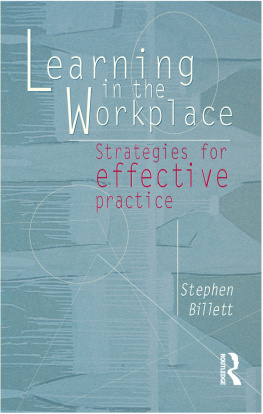
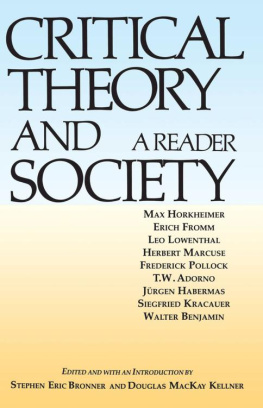
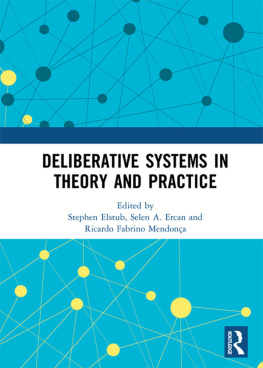
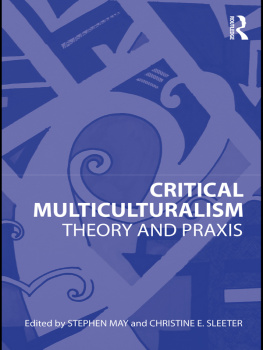
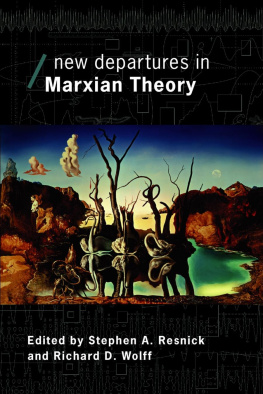
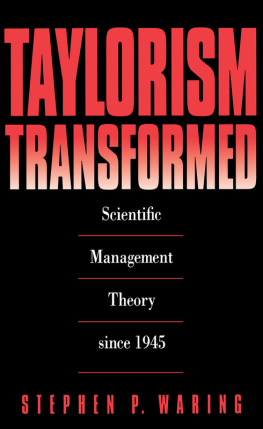


![J K Rowling - Harry Potter [Complete Collection]](/uploads/posts/book/117015/thumbs/j-k-rowling-harry-potter-complete-collection.jpg)
